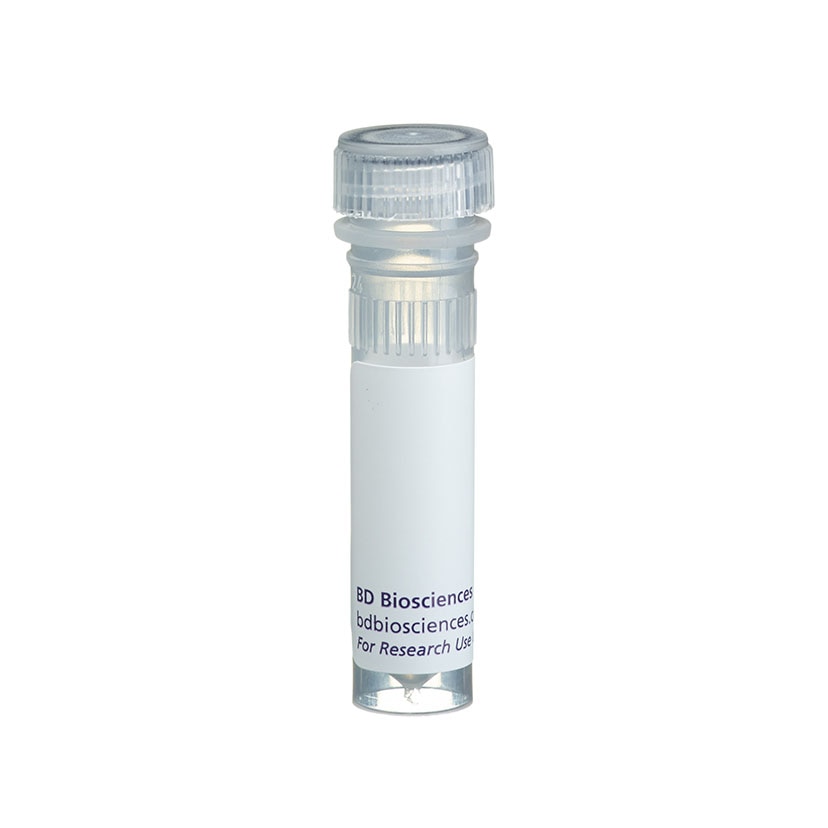-
Training
- Flow Cytometry Basic Training
-
Product-Based Training
- BD FACSDiscover™ S8 Cell Sorter Product Training
- Accuri C6 Plus Product-Based Training
- FACSAria Product Based Training
- FACSCanto Product-Based Training
- FACSLyric Product-Based Training
- FACSMelody Product-Based Training
- FACSymphony Product-Based Training
- HTS Product-Based Training
- LSRFortessa Product-Based Training
- Advanced Training
-
- BD FACSDiscover™ S8 Cell Sorter Product Training
- Accuri C6 Plus Product-Based Training
- FACSAria Product Based Training
- FACSCanto Product-Based Training
- FACSLyric Product-Based Training
- FACSMelody Product-Based Training
- FACSymphony Product-Based Training
- HTS Product-Based Training
- LSRFortessa Product-Based Training
- United States (English)
-
Change country/language
Old Browser
This page has been recently translated and is available in French now.
Looks like you're visiting us from {countryName}.
Would you like to stay on the current country site or be switched to your country?




Immunoprecipitation of Fas Ligand (FasL). T lymphoma L5187Y cells were transfected with human FasL cDNA and either treated with metalloprotease inhibitor KB8301 or left untreated. KB8301 blocks FasL cleavage resulting in high levels of cell surface FasL. FasL is detected in [35S]-labeled cells treated with inhibitor KB8301 (lane 1), but not in untreated cells (lane 3). Isotype (negative) controls are shown in lanes 2 and 4. Purified NOK-2 (Cat. No. 556376) or Mouse IgG2a (Cat. No. 553454) was used for immunoprecipitations.


BD Pharmingen™ Purified NA/LE Mouse Anti-Human CD178

Regulatory Status Legend
Any use of products other than the permitted use without the express written authorization of Becton, Dickinson and Company is strictly prohibited.
Preparation And Storage
Recommended Assay Procedures
IP: Applications include immunoprecipitation (1-2 µg/one million cells).
Functional Assay: NOK-2 has also been shown to neutralize the cytotoxic activity of FasL. Neutralization of FasL activity inhibits Fas-mediating killing. The NA/LE format of NOK-2 (Cat. No. 556375) should be used for all functional assays. NOK-2 and a related human FasL clone, NOK-1 [Cat. No. 556371 (NA/LE)] may give different profiles in neutralization assays. It is thought that NOK-1 and NOK-2 likely recognize different FasL epitopes.
Flow Cytometry: Another clone, NOK-1, (556372, 556373) are recommended for flow cytometry. NOK-2 appears weaker for flow cytometry than NOK-1.
Western Blot: Neither NOK-1 nor NOK-2 are suggested for western blot analysis. Another human FasL clone, G247-4 (Cat. No. 556387) is suggested for the western blot analysis.
Product Notices
- Since applications vary, each investigator should titrate the reagent to obtain optimal results.
- An isotype control should be used at the same concentration as the antibody of interest.
- Please refer to www.bdbiosciences.com/us/s/resources for technical protocols.
Fas (APO-1, CD95) is a 45 kDa cell surface protein that mediates apoptosis when cross-linked with agonistic anti-Fas antibodies or Fas ligand (FasL). Fas belongs to the TNF (tumor necrosis factor)/NGF (nerve growth factor) receptor family, and is expressed in various tissue and cells including the thymus, liver, ovary, and lung. FasL is a 40kDa TNF family membrane protein that induces apoptosis by binding to Fas, its cell-surface receptor. FasL is expressed on activated T and NK cells. Both Fas and FasL are thought to play an important role in the apoptotic processes that take place during T cell development.
NOK-2 recognizes human FasL. It recognizes both the membrane bound (FasL) and soluble (sFasL) forms. L5178Y mouse T lymphoma cells expressing recombinant human FasL were used as immunogen. FasL and sFasL migrate at reduced molecular weights of 40 and 26 kDa, respectively. However, the molecular weights observed in a particular sample may vary according to FasL and sFasL glycosylation and breakdown patterns as described in Tanaka et al.
Development References (3)
-
Kayagaki N, Kawasaki A, Ebata T, et al. Metalloproteinase-mediated release of human Fas ligand. J Exp Med. 1995; 182(6):1777-1783. (Clone-specific: ELISA, Immunoprecipitation, Neutralization). View Reference
-
Takahashi T, Tanaka M, Brannan CI, et al. Generalized lymphoproliferative disease in mice, caused by a point mutation in the Fas ligand. Cell. 1994; 76(6):969-976. (Biology). View Reference
-
Tanaka M, Suda T, Takahashi T, Nagata S. Expression of the functional soluble form of human Fas ligand in activated lymphocytes. EMBO J. 1995; 14(6):1129-1135. (Biology). View Reference
Please refer to Support Documents for Quality Certificates
Global - Refer to manufacturer's instructions for use and related User Manuals and Technical data sheets before using this products as described
Comparisons, where applicable, are made against older BD Technology, manual methods or are general performance claims. Comparisons are not made against non-BD technologies, unless otherwise noted.
For Research Use Only. Not for use in diagnostic or therapeutic procedures.
Report a Site Issue
This form is intended to help us improve our website experience. For other support, please visit our Contact Us page.
